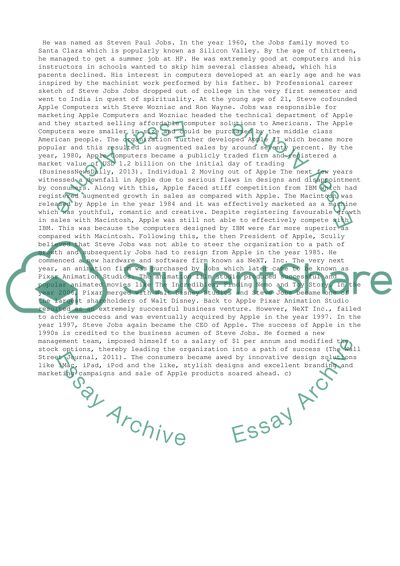Cite this document
(“Steve Jobs Essay Example | Topics and Well Written Essays - 3750 words”, n.d.)
Retrieved from https://studentshare.org/management/1404604-steve-jobs
Retrieved from https://studentshare.org/management/1404604-steve-jobs
(Steve Jobs Essay Example | Topics and Well Written Essays - 3750 Words)
https://studentshare.org/management/1404604-steve-jobs.
https://studentshare.org/management/1404604-steve-jobs.
“Steve Jobs Essay Example | Topics and Well Written Essays - 3750 Words”, n.d. https://studentshare.org/management/1404604-steve-jobs.


